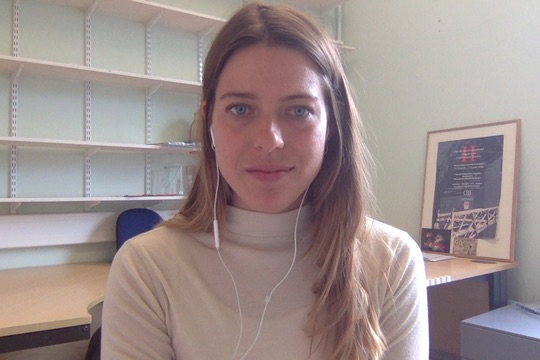Ñandutí: Indigenous and Modern Artworks of Paraguay

With works by artists including Olga Blinder, Josefina Plá, Ogwa, Feliciano Centurión, Floriberta Fermin Avalos, Claudia Casarino, Livío Abramo, this exhibition experiments with the digital medium bringing together disparate practices made across nearly 70 years. The selection sheds light on artmaking in Paraguay, testing the connections and clashes between the featured artworks.
Ñandutí - the quintessential Paraguayan lace – provides the organising metaphor of the exhibition which, as its Guaraní name foregrounds (it means "spider web"), is an example of mestizaje. In the exhibition, ñandutí provides a model for understanding how the social fabric reflected in the artists' work entwines with the history of colonisation. In fact, the origin of this lace is widely contested. While it closely resembles lace made in the renaissance in the Canary Islands, it is hard to find indisputable proof of missionaries from that area living in Paraguay and teaching it to indigenous women. It's reticular shape, visualises the possibility of rhizomatic connections, challenging the hypothesis of a fixed point of origin. Ñandutí is made by making an embroidery and unmaking the cloth supporting it.
The works featured employ woodblock printing, embroidery, drawing, lacemaking, which blur the division of art from craft. Each piece helps us rethink the history of modernism by dismantling, or unmaking, western categories to make space for what has been systematically excluded. The works displayed show how indigenous art informed modern art production from the 1950s, and, conversely, how indigenous artistic practice has transformed since the 1990s in response to western ideas of Art. The question is ripe about what relationship exists between Modernity and an Indigenous Art, grounded in naturalism, sustainability and which pushes against marginalization.










